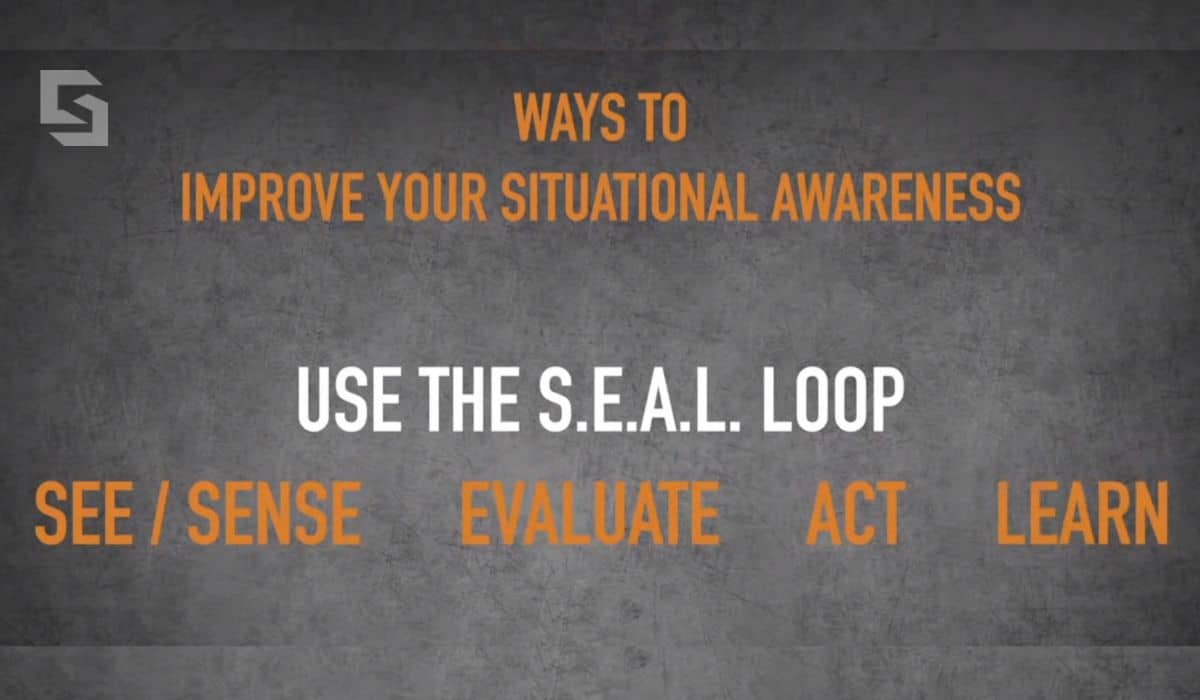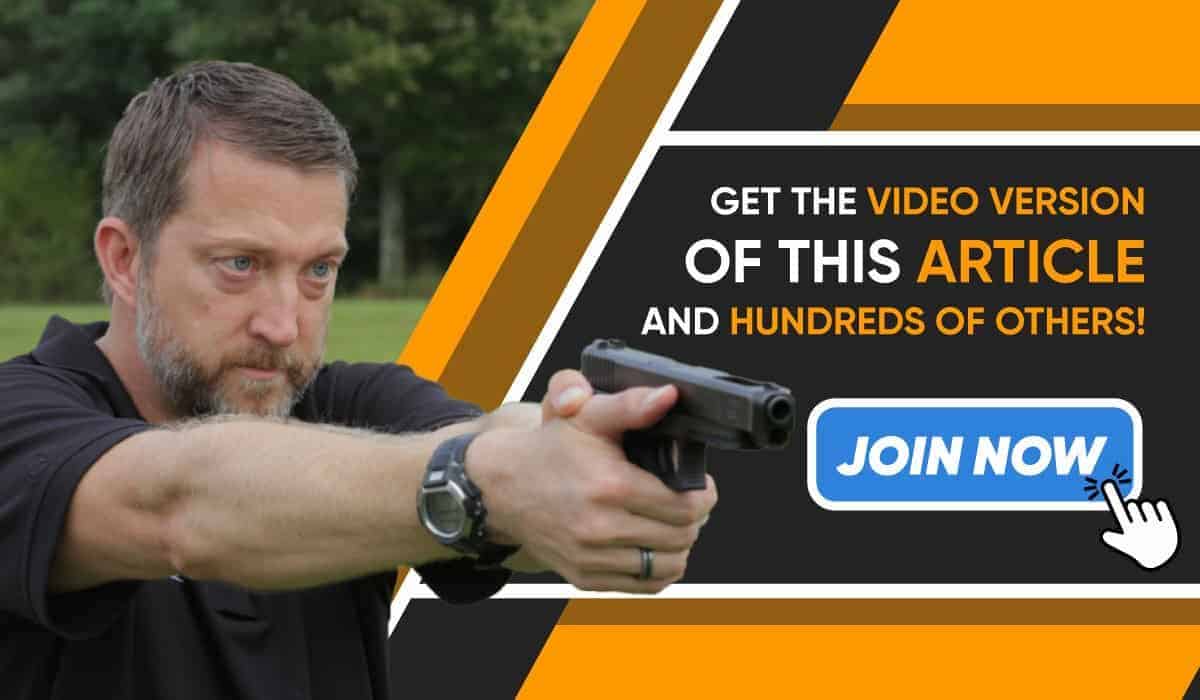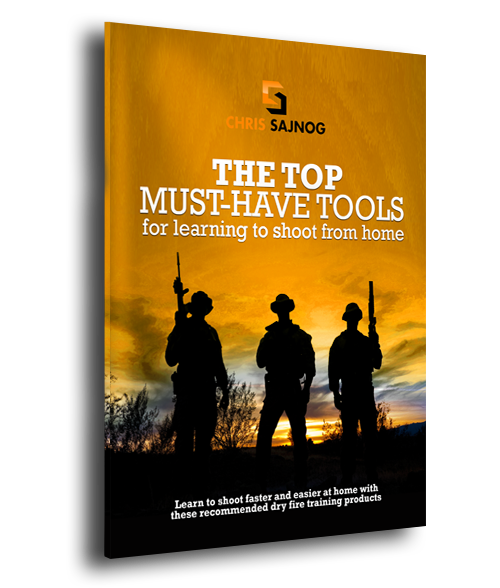Situational Awareness Tips from Retired Navy S.E.A.L. Chris Sajnog
Hey, guys what is going on, Chris Sajnog here, retired Navy Seal and founder of the SEAL training system. And in this post, I’m going to give you 10 situational awareness tips to help you stay safe in any environment. Now let’s go ahead and get started.
Alright, guys, let’s face it, today people are just not as situationally aware, as we were in the past. In the past, we used to live out in caves, in forests, grasslands, or, wherever. They weren’t in the houses, and they didn’t have all these little devices that you see people with their heads in all the time. So in this post, I just want to give you 10 ways that you can improve yours.
*This list is not in any specific order
#1 S.E.A.L Loop
Alright, so the number one way that you can use to improve your situational awareness is to use what I call the SEAL loop.
- S in SEAL loop stands for seeing or sensing what’s going on around you. So not just seeing not just using your eyes, but also using all of your senses, using your sense of smell or just your feeling.
- E in the SEAL loop is to evaluate after you sense what’s going on around you. You need to evaluate quickly. Think about what you’re going to be able to do or what you should or should not do in that situation.

- A in the SEAL loop is to act. Now that you have sensed what’s happening around you and you’ve evaluated what you need to do, you need to take action. And that action is obviously going to depend on how you evaluated the situation and what you think you should or should not do in that situation.
- L is what makes this a true loop. This loop means that you need to learn from each of your experiences. That is the whole part of training. Learning from these experiences is thinking about what went right, what went wrong, and how you could improve in the future.
So that is the seal loop. And that’s the number one of these tips.
#2 Positioning
Number two is practicing your positioning. In any situation, positioning is everything. You need to position yourself in the right spot to observe what’s happening around you.
Maybe you go into a restaurant and you’re like, “I need to sit with my back to a wall and be able to observe better from now.” Or maybe you’re in a crowded area and you want to think about the position that you can be in so you’re not surrounded by potential bad guys.
#3 Use All Of Your Senses
Number three on the situational awareness tips is to use all of your senses. This means sensing what’s going on around you. You also need to practice hearing what’s going on around you.
You can do that simply by just going outside going into a public space and just sitting and closing your eyes. Hopefully, it’s a safe place, right? You don’t want to be on high alert at all times.
Find a good spot where you can practice this. Close your eyes and just start making visual images of what is happening around you, just by the sounds that you’re hearing. The other senses are your “spidey senses”. You can actually work on that through meditation
Obviously, your sense of smell is not going to be too important in your situational awareness. Unless you’re looking for some fast food and you’re driving down the road. Just think about using all of your senses, and that will help with your situational awareness.

#4 Know Your Exits
All right, number four on the list is to know at least two exits where you can get out of any situation. You can practice this by constantly looking for two exits anywhere you are.
If you are in a restaurant with your family, the first thing you do is start looking for where the exits are. Look around and go, “Okay, there’s the exit, there’s where I came in, I want to try and find another exit, that is somewhere other than that in the opposite direction.”
You just need to start thinking a little bit more like situational training and going, “How am I going to get out that exit with me and my family?” You should be doing this all the time. If you’re walking through a mall or shopping center, you should be looking up ahead and going, “Okay, I can see a way to get out up there.”
#5 Full Field Of View
Alright, number five on our list of improving your situational awareness is having a full field of view at all times. I talked about getting your head out of your mobile devices, you want to simply get your head up and on a swivel at all times.
If your head is not up and on a swivel, you’re not going to be able to detect what’s happening around you. One of the best ways I’ve found to train this is to go running on trails.
When you run on a trail, you are taking hundreds and thousands of bits of information into your subconscious all the time. With every step you take, you have to see what’s happening up in front of you, and then you have to remember where to put your feet or how your balance should be. You’re constantly improving your situational awareness just by going on a trail run.

#6 Meditation
Alright, number six on our situational awareness tips is meditation. Meditation is one of the best ways to improve your situational awareness. Meditation allows you to basically clear out the clutter of thoughts and information that’s coming in.
By doing this, you’re teaching yourself to focus on what you need to focus on at that moment in time. When you learn to meditate, you learn to tap into that power that we all have inside of us.
With enough practice, you’re able to focus on what’s most important in that space in time for you to stay alive. And that is why meditation is so important for improving your situational awareness.
#7 Play Mental Games
Number seven on our list is to play games. What I mean by this is, play mentally challenging games with somebody else.
For example, my friend just says to me, “Hey, Chris, that last group of people we walked by, how many people were there? What were they wearing? Did anyone have a hat on it? Did anybody have sunglasses on?”
What you’ll find at first when you’re doing this, is that you’re gonna feel like you can’t get anything, right. But that sense of getting it wrong is going to start expanding our situational awareness. It makes us pay more attention to more things as we’re continuing to walk down the street.
I do it with my kids all the time. Like, “Hey, boys, we just drove by a street sign what did it say?” And they’ll be like, “Oh, I don’t know Dad, I was on my phone.”
So those are some great ways to improve your situational awareness.
#8 People watching
All right, number eight on our list is practice people-watching. All you need to do is go back to that bench where you were closing your eyes.
Now this time, just look at people and observe them, whether they’re alone or with a group of people, and try to figure out what are they doing. Think about who they are. Try to describe in as much detail their entire life.
I know it sounds crazy, and at first, you’re going to be like “This is impossible”. It doesn’t matter if you’re getting it right or wrong. What matters is that you are training your brain to come up with answers. Just practice it and you’ll get better.
#9 Estimating Times and Distances
Alright, number nine on our situational awareness tips is to practice guesstimating distances and times. So you’ve got your personal bubble, and then you’ve got your protective bubble, which is like 21 feet.
That’s not exactly right. But it is a distance where you figure people are coming into your space. You need to start detecting these different spaces. And you do that just by guessing and estimating different spaces.
Now the other thing to practice is time. The reason time is important is that especially in stressful situations, guessing time and estimating time are very hard.
So if you are practicing being able to estimate time accurately, you’re going to be able to do it under stress. The way to do that is just to observe somebody. Start observing somebody doing something, doesn’t matter what it is, you don’t even have to watch anything, just close your eyes and try to guess the time.
And the more you do this, the more you get closer to what is accurate with time estimation. So remember those three things, practice estimating your space, your distance, and time.

#10 Take Care Of Your Body
All right, finally, number 10 on this tip is to take care of your body. There are three things to think about. And number one is don’t drink. You need to recognize that it’s going to delay your ability to respond to a stressful situation or to even be situationally aware.
This is obvious, we all know this. I don’t want to come down on you and say no drinking because I do myself. Just think about it. If you want to be more situationally aware, drinking is not going to help that situation at all.
Number two is getting enough sleep. You need to get between seven and nine hours of sleep every single night. They’ve done studies that show if you get less than six hours of sleep, seven days in a row, your reaction times are the same as somebody who’s legally intoxicated.
Your ability to react to a stressful situation is going to be hampered simply because you chose to stay up watching TV too late and you had to get up too early in the morning for work. So think about your sleep.
And the last thing is exercise. Hopefully, you are working out and exercising at least a couple of times a week. But the more you exercise, the more oxygen you’re going to get in your brain, the more vigilant you’re going to be able to be, and the more situationally aware you’re going to be.
So that is it for today, use those 10 situational awareness tips and stay alert. And until next time, you guys keep paving your path to perfection.



